To the frugal menu and rich conversations of Indian Coffee House's chains, a photojournalist sends his love letter

In the mid-1990s, when Stuart Freedman first arrived in New Delhi, the city came as a big shock to him. As a British photojournalist in his late 20s, Freedman was fresh from assignments in Kabul and Pakistan, and, yet, the chaos of New Delhi was something else. "It blew me away," is how the London-based photojournalist puts it. In the moments when he felt like a stranger in the capital city, Freedman sought refuge at the Indian Coffee House at Connaught Circle. Here, he found home. Among the rings of coffee cup stains on tables and the easy conversations of regulars, Freedman found an echo of his own past, growing up in East London. "These were portals to a gentler time. The world slows down here and there is an opportunity to relax," he tells us over a Skype call.
ADVERTISEMENT
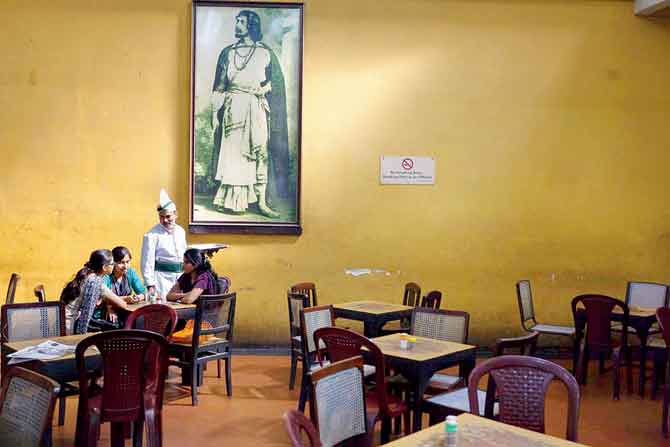
A waiter serves schoolgirls beneath a portrait of Rabindranath Tagore in the Indian Coffee House, Kolkata, 2013. All photographs Stuart Freedman/Courtesy Tasveer
What started off for Freedman as breaks between assignments concluded as a photo-book titled The Palaces of Memory: Tales from the Indian Coffee House, first published in 2015 by Dewi Lewis. Now, Tasveer, in partnership with Dauble has republished the book, along with an essay by writer Amit Chaudhuri, with a launch at Paris Photo. The book is a collection of vignettes that bring to readers the bustling kitchens, the dedicated staff, the architecture of the Indian Coffee House establishment, and, most importantly, the people who visited it for a quick break, a lingering lunch or for quality family time.
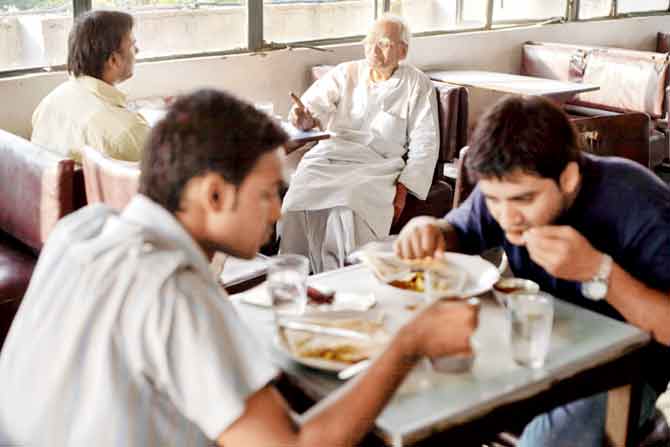
Stuart Freedman visited The Indian Coffee House at various places across India. The late Mr TN Purvara, one of the people to whom the book is dedicated, at The Indian Coffee House, New Delhi; outlets at Kollam, Kolkata and Chandigarh. Pics Courtesy/Tasveer
Home ground
The Indian Coffee House is known as one of the largest cooperatives in the world, with chains that extend from New Delhi to South India and West Bengal. Founded in 1936, at one point, the chain boasted of nearly 400 outlets. Its associations with noted intellectuals are several, especially around the turn of the nation's Independence. The most famous one is in Kolkata's Bankim Chatterjee Street, popularly referred to as College Street Coffee House, which was frequented by Rabindranath Tagore, and later Ritwik Ghatak and Satyajit Ray."Coffee houses across the world are places to sit and think, be it in Cairo or Vienna," says Freedman, noting that he is hardly a Mumbaikar, whose attachment to the Irani cafés, like the Delhiwallas to the Indian Coffee House, is only too well-known.
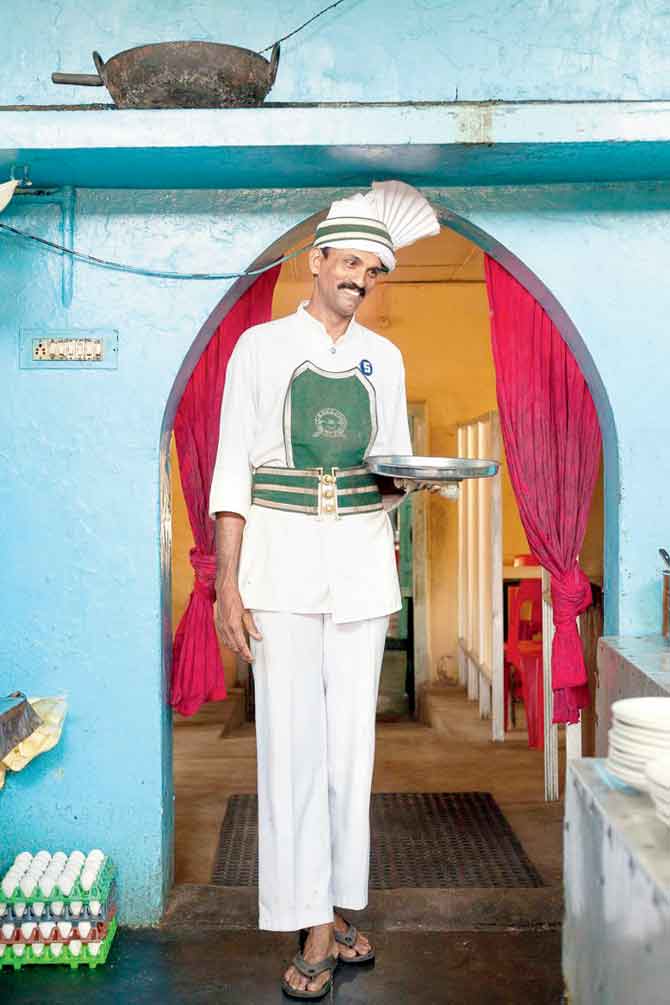
Sangaran, a waiter who worked at the now-shuttered Indian Coffee House in Kollam, Kerala, for 17 years
Around 2010, amidst news of Indian Coffee House's Connaught Place branch's imminent shutting, Freedman embarked on a journey with his camera, scouting up to 35 branches across the country. While the Delhi patrons came together to make sure that their beloved coffee house held fort, and continues to do so today, for Freedman it became a chance to pay homage to the establishment that offered him companionship. As he writes in his book, "For me the Indian Coffee House was somewhere to be anonymous, away from the stares and the strangeness of India. I came between assignments, nervous at first, careful of the regulars, careful of the city. The Coffee House became for me an echo of the cosy fug of the English café, those greasy, Formica pavilions of post-war austerity. Rain, cigarette smoke and steamy windows. A place in the city where you could simply watch the world." In the standard coffee served there, Freedman could time travel to a familiar time of his youth - the caffs with shabby curtains and sun-bleached menus where the rock 'n' roll revolution began and where the working class could go for a frugal treat.

A coffee lens
If all this makes The Palace of Memory sound like an elegy for the Indian Coffee House, whose peers are threatened by multinational chains and swankier eateries, then that is not the case. "My book is a tribute. These places are very much active, and, in New Delhi, you see them full of college-goers. The kind of debates that the students from JNU or Delhi University have here may be different, but they are still vital," he says.
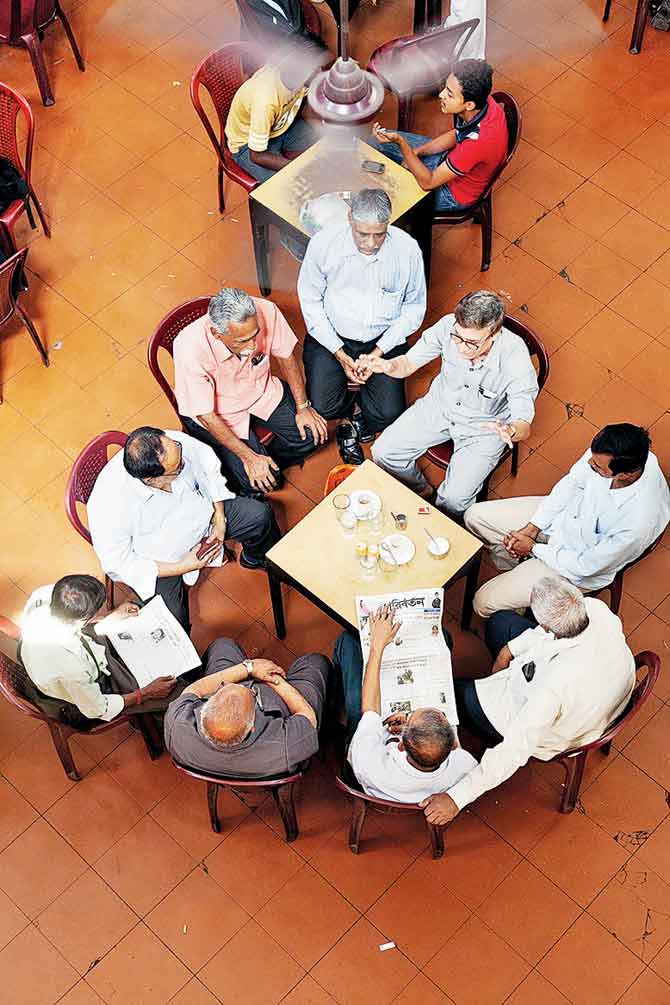
While the interiors of the Indian Coffee House do not necessarily spell an "India Shining" moment, this photo-book may lead viewers to appreciate an establishment that keeps it real. "If some are in a state of disrepair, it is because of their economic model isn't Starbucks' - and that's to be applauded. They offer something entirely different: value isn't always counted in market success. What's important is that they bump into modern India and remind people of a gentler time. They need to be remembered not as a chronicle of something past and because they are still alive," he says.
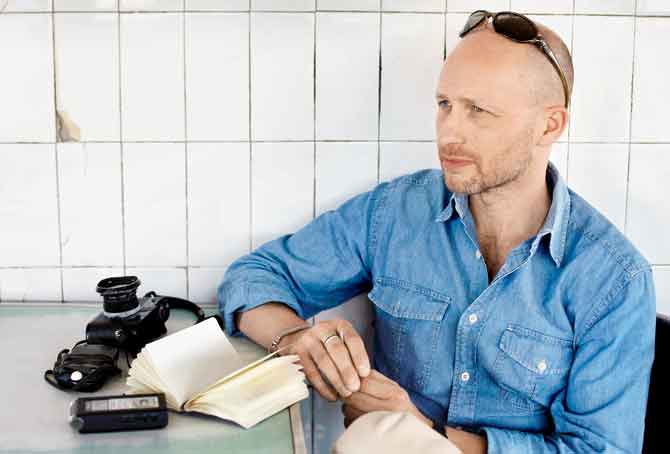
Stuart Freedman
Through his travels, Freedman encountered conversations at these coffee houses. There were endless stories about cricket that this football fan was part of as well as discussions on English poetry. The title of the book, and a parallel exhibition that is ongoing in Bengaluru, is fitting therefore. "These are repositories for memories of India, from a time of optimism and Independence. These are much like 'memory palaces', the psychological device used to remember things," he says.
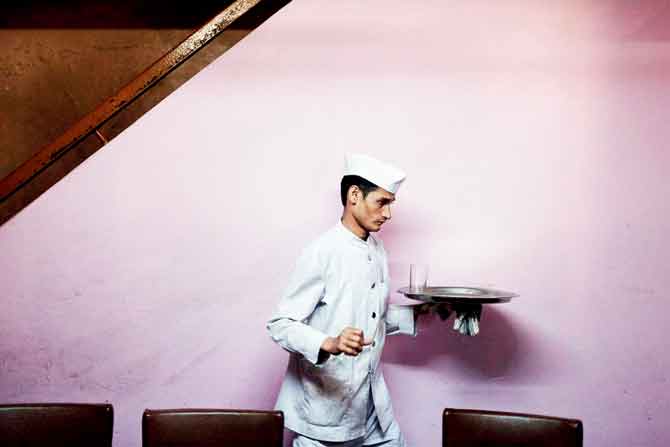
The soul of the coffee house
The details of the coffee house, be it the old posters or the vivid colours of the walls, are not important, says Freedman. "It's really the people, the small moments that they share," he says. People falling in love across two cups of coffee -that kind of thing. The staff of the Indian Coffee House, in their slightly frayed uniforms and fanned turbans, are also at the heart of this book. Page after page you see them, brandishing a tray laden with coffee and snacks, or obviously shouting into the kitchen area, or posing magnificently, like a rajah in his coffee kingdom.
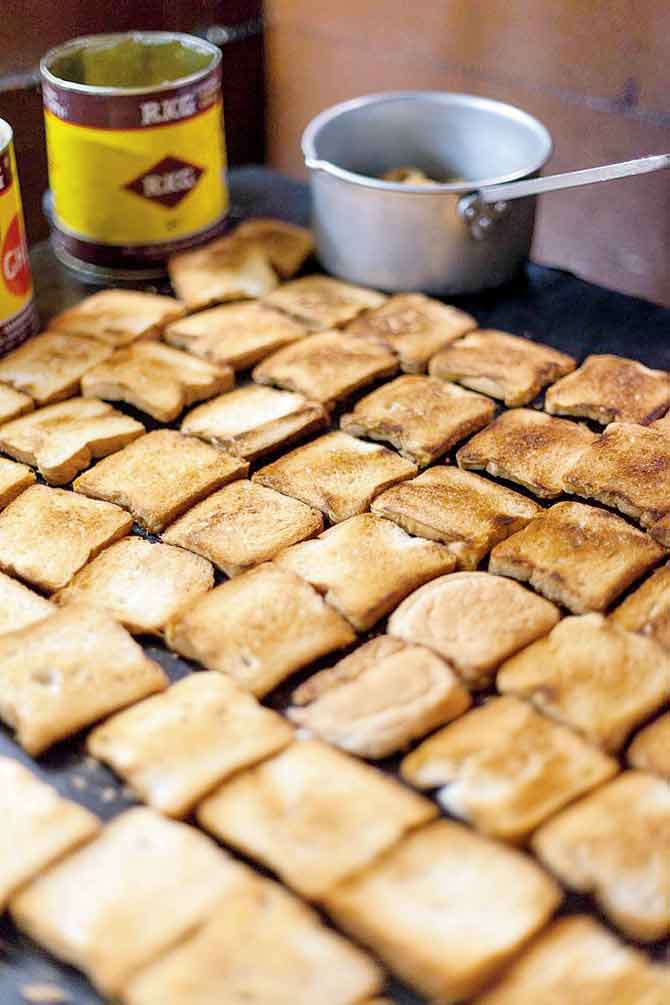
Bread toast, a staple at the Coffee House
In one of these pages is an image that Freedman holds dear - at Chandigarh's Indian Coffee House, a family has a meal, with their young son standing by. On a seat, two tiny feet stick out - their other young child sleeping while they snack. "That's the image I had of home. Once in a while, if my old man had some money, we might go out and eat. It meant something, for the family to spend time together. That's what Indian Coffee House says to me - it says India and also my past."
Catch up on all the latest Mumbai news, current affairs from Mumbai, local news, crime news and breaking headlines here
 Subscribe today by clicking the link and stay updated with the latest news!" Click here!
Subscribe today by clicking the link and stay updated with the latest news!" Click here!






